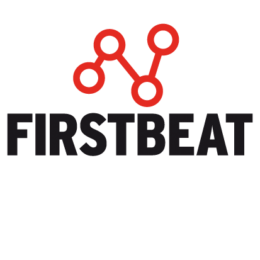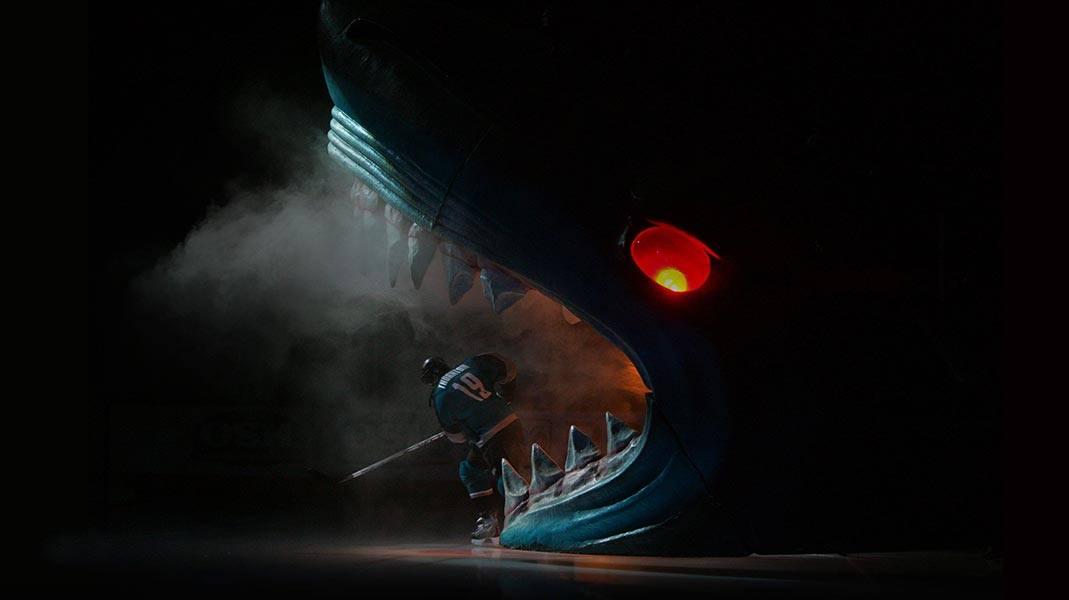
As the head strength and conditioning coach for the San Jose Sharks, Mike Potenza established himself as one of the league’s leading experts in preparing the pros. During his tenure with the team, the Sharks have punched their ticket to the playoffs a remarkable ten times, collecting a handful of division championships along the way and advancing to the Stanley Cup Finals.
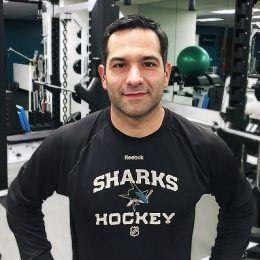
Getting an NHL team ready to perform at a consistently high level over the course of an 82-game season requires creativity, agility and most importantly, the right information. In another interview, Potenza talked about his approach, philosophy, and the challenges of working as a trainer at the highest level of sports. He also, more recently, talked about how he uses Firstbeat Sports to provide the physiological data he needs to help keep a diverse roster of athletes competitive year after year.
A Personalized Approach to Asset Management
Trust is a vital component of a productive trainer-athlete relationship. To build it, Potenza encourages players to consider his role with the team as “an investment banker for your body.” Cultivating this perspective creates buy-in from the Sharks roster. “I always ask [players], you’ve got someone watching your money and your investments, but who’s watching your biggest asset? If your body breaks down, you don’t have an opportunity to stay in the league physically, because you can’t keep up,” he says.
“For our team and for our identity, we need to be strong,” explains Potenza, describing how style-of-play influences training needs. “We need to battle for the puck in front of the net, and along the wall, and in the corners. We really have to pursue and be relentless when we don’t have the puck to get it back. We’re a high-energy, physical type team that wants to play physically, so our strength is critical, our max strength is critical. Our ability to have a high anaerobic level and a high level of work capacity is important to our team.”
Want to learn more about how NHL coaches use Firstbeat? Watch our webinar recording with Minnesota Wild’s Matt Harder here
In professional sports, margins are slim and one-size-fits-all approaches to preparation mean missing out on performance potential. As a result, expert trainers prioritize understanding what works best for each individual player. Adding to the challenge is the fact that an athlete’s body changes over the course of the season, and even more dramatically over the course of their career.
“What’s unique [in the NHL] is that we have 38-year-old players that have been in the league for 19 years, then we have 18-19-year-old players that been in the league for 2-3 weeks. So, any philosophy needs to cover all that range of athlete, and veteran, and seasoned veteran. First and foremost, as a coach and teacher, I want to make sure I educate our players enough as to why we’re doing what we’re doing. Because, then you are going to get buy-in and empower them to take a strong grasp on their body, which is their biggest investment.”
Dialing It in With Data
Technology offers powerful solutions under these changing conditions, revealing easily and instantly what is happening inside an athlete’s body. Experts rely on this data to explore the complex relationship between what athletes do and how it impacts their bodies.
In his conversation with John Lally of Pivot Sports, Potenza described how he uses the Firstbeat Sports analytics platform to provide the physiological data and training load metrics he needs. Highlighting that it is about more than just post-practice data review sessions, he stressed the value of being able to “track real-time metrics during practice to make adjustments and recommendations when a player is exceeding workloads.”
During Sharks training, players wear heart-monitoring chest straps beneath their gear, which transmit data to the Firstbeat Coach App visible on the iPad. Incoming monitoring data is instantly analyzed on a beat-by-beat basis with outputs displayed on the screen, giving Potenza and the rest of the Sharks training staff real-time feedback and insight for each player.
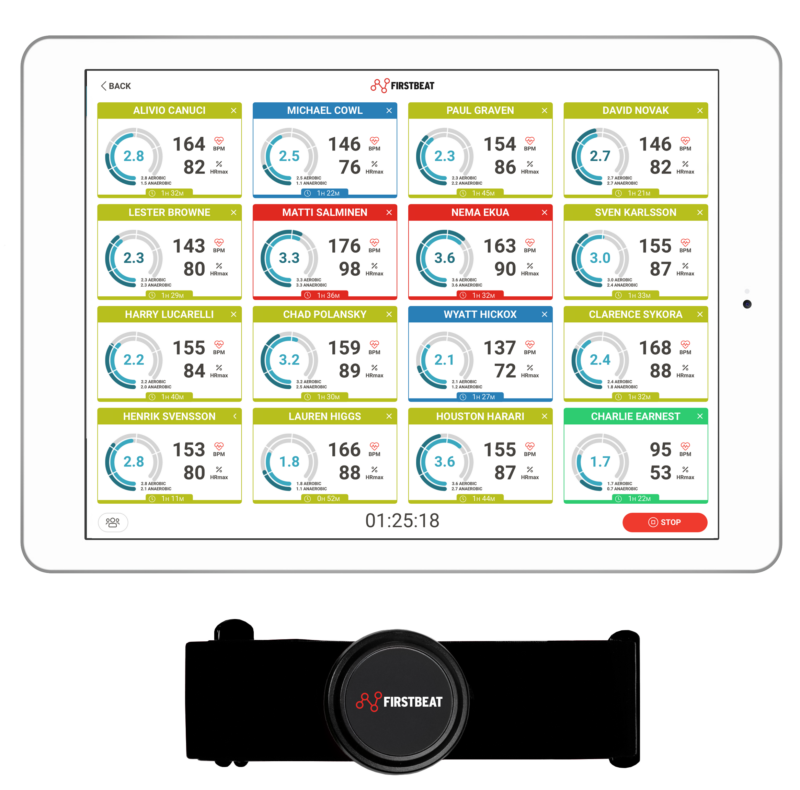
Today almost half of the teams in the NHL rely on the Firstbeat Sports athlete performance management platform for their training load and recovery monitoring needs. San Jose is among a growing number of NHL teams that utilize Firstbeat Sports for insight beyond their current roster, using the same platform as a player development tool for their AHL affiliate roster, the San Jose Barracuda. It is also widely utilized in the NCAA and by top European hockey clubs.
Easy access to training load and recovery data is fundamental to a modern training approach. Removing guesswork from the equation, data allows pros to focus their expertise where it matters most. It also helps ensure that on ice training sessions, planned by the head coach, are complemented with the right kinds of off-ice activities. “Whatever bucket they aren’t filling on the ice, we’re going to fill that off the ice,” says Potenza.
Measuring the Training Load
Training Impulse (TRIMP) and Training Effect (TE) are two metrics Potenza describes as essential to keeping track of the incremental strain on their bodies each player acquires during training. These are tools that help navigate between under- and over-training.

“We value knowing the accumulation of workload based on intensity and duration of a session,” Potenza explains, describing TRIMP as his go-to “accumulative workload metric” for the team. “I used the TRIMP measure heavily when I first began using the Firstbeat systems, and continue to view TRIMP as an important indicator of total work stress, although we include several additional metrics that provide more detail to the story of the athlete’s activity.”
TRIMP scores are produced using a combination of heart rate, expressed in terms of percentage of a player’s maximum heart rate, and the amount of time spent at that heart rate intensity level. Higher intensity levels are weighted in the formula, allowing the TRIMP accumulation curve to model the accumulation of lactate in the muscles. Taking advantage of cutting-edge analytics has allowed Firstbeat to modify the classic formula to leverage more granular changes in heart rate function than the original version, which dates to the early 1990’s when practical heart rate monitoring technology was still in its nascent stage.
Training Effect (TE) unlocks a different perspective on training load management. Based on Firstbeat’s advanced excess post-exercise oxygen consumption (EPOC) modeling capabilities, TE-scores anticipate the impact a session will have on the development of a player’s aerobic and anaerobic capacity. Once assessed impacts are reported on a scale from 0.0 to 5.0, which is modified for each player based on dimensions of their personal physiology. Accompanying each score is a bar graph that reveals the distribution between aerobic and anaerobic efforts as a contributing percentage of the whole.
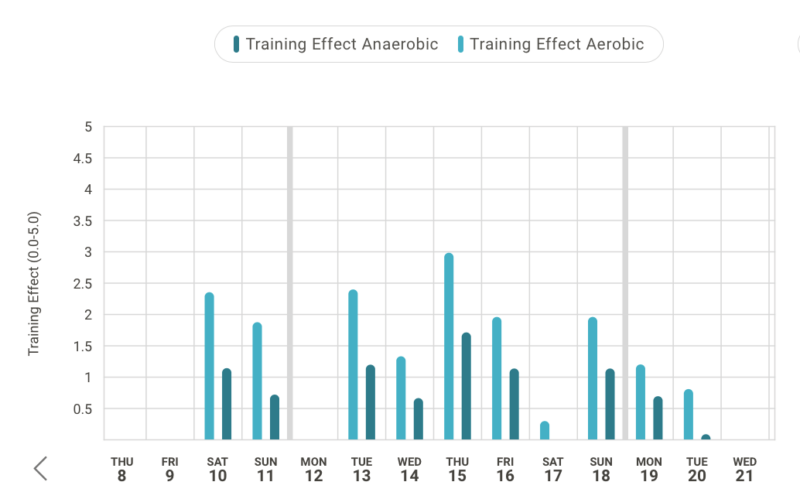
Understanding training loads and how they have been achieved also plays a role in boosting recovery. “With TE, we can see the level reached within Anaerobic Metabolism and prescribe the correct recovery strategy.”
In conjunction, Potenza uses these metrics to as tools to create programs that address real demands of the game. “We look at our TRIMP and TE by position to measure the work to rest ratios of Forwards compared to Defensemen. A typical practice will have four lines of forwards and three lines of defensemen, which significantly changes the work to rest ratios per drill for those positions. It is critical that we take into account each drill’s cost of doing business per position and plan recovery accordingly.”
Building a Competitive Advantage
In the NHL, time is a limited resource and a valuable commodity. Experts, like Potenza, view access to accurate physiological data as a competitive advantage in their constant struggle to focus attention on areas where it can make the biggest impact. “When you have a limited amount of practice days during the year, a coaching staff needs to get the most out of the players tactically, emotionally, cognitively and physically,” he explains.
“A practice plan typically addresses all or parts of these areas, but what if the workload of that practice is too high and significant amounts of fatigue are caused the day before a game? Herein lies the need for in-season monitoring of workload and intensity through HR.”
The value of this type of insight creates a situation where Potenza hopes to collect as much data as possible along the way. “In San Jose, our goal is to monitor every practice during the season, which includes pre-season training camp. Team workload/intensity and duration of monitored practice times are shared with the coaching staff, so they have useful information when planning the next workday and the yearly work to rest schedule.”
Learn more about the Firstbeat metrics discussed in this article by downloading our training load guide for ice hockey coaches here.
You might also be interested in
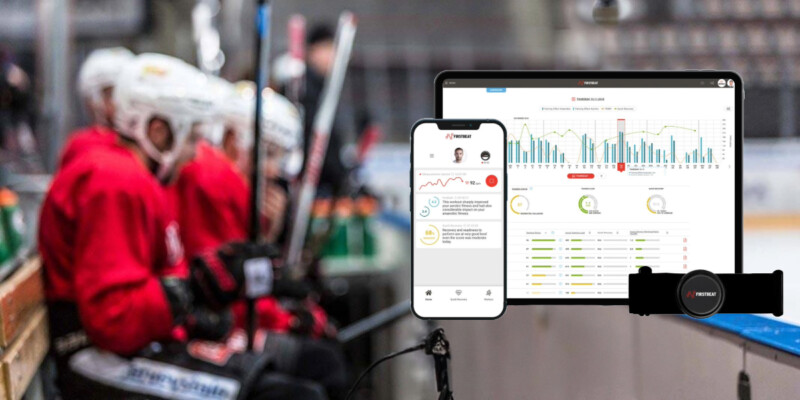
Why Nearly 50% of NHL Teams Rely on Firstbeat for Results
Since 2008, Firstbeat Technologies has played a part behind the scenes at many of the North American league’s 31 franchises.
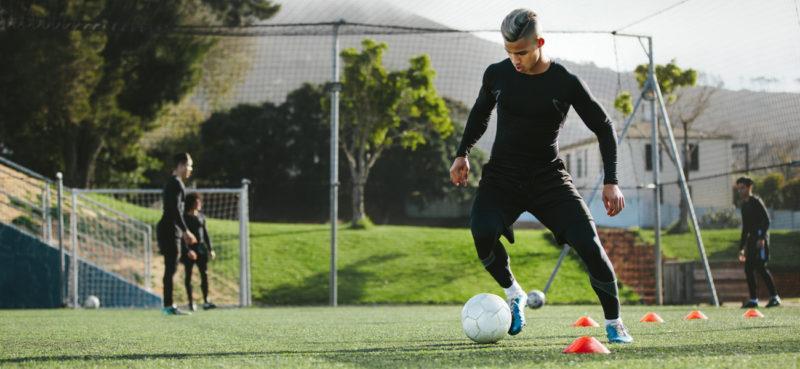
Why Monitor Internal Load in Elite Sports?
A look at the what, how and why of internal load monitoring and why it should form part of your training program.
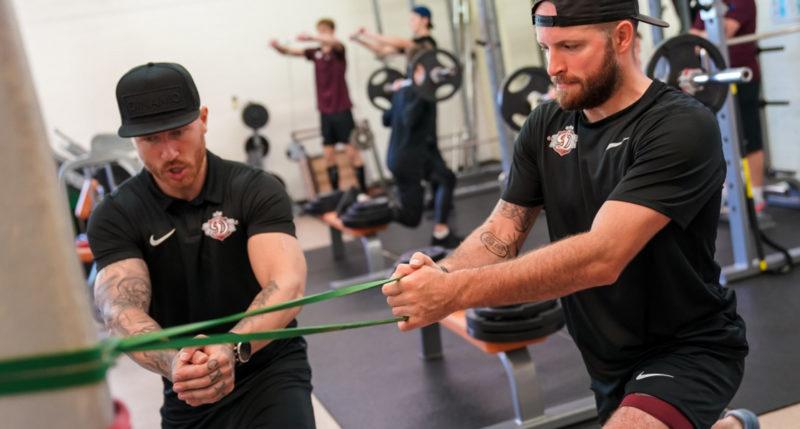
Firstbeat Coach Profile: Raivis Miezans – Dinamo Riga Ice Hockey
Raivis Miezans, the Strength and Conditioning Coach of Dinamo Riga, discusses how he uses Firstbeat Sports with the ice hockey team.

